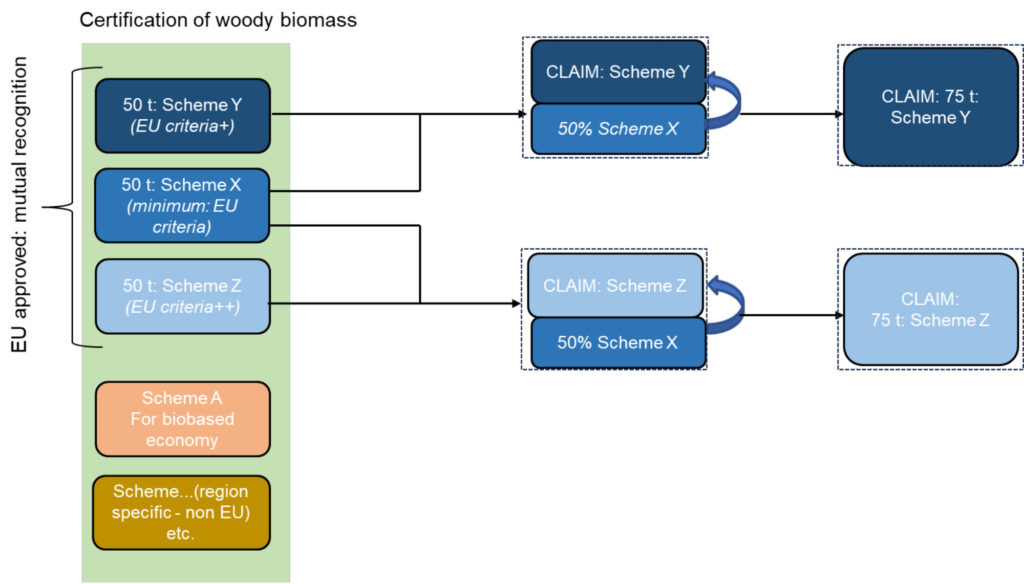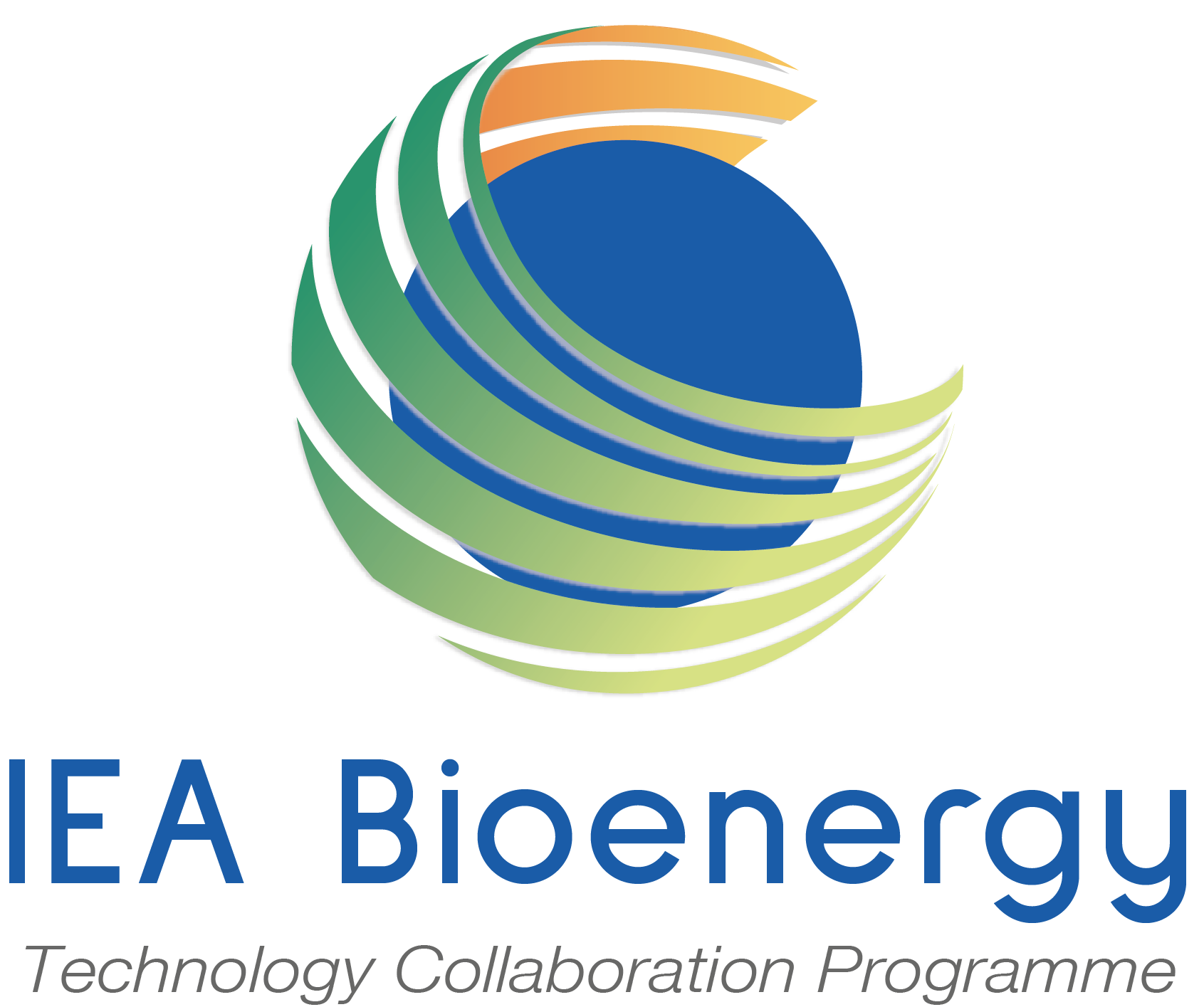Approaches to sustainability compliance and verification for forest biomass
The global demand for biobased products and bioenergy is continuously increasing. One of the consequences of this increased demand is the development of a wide range of sustainability certification schemes and labels, aiming to verify compliance with sustainability requirements in biobased value chains for bioenergy and biobased products. To better understand the methodological differences between the existing approaches to demonstrate sustainability compliance, this project – carried out in the frame of IEA Bioenergy Task 45 (climate and sustainability) has analysed a number of existing certification schemes and the frameworks they employ for compliance and verification.
Main conclusions and take away messages
Sustainability certification is a tool that can be used to support and drive processes to achieve higher levels of sustainability in biomass supply chains. It has been used since the 1990s and is usually voluntary and market-driven. However, it is not enough on its own to guarantee sustainability and should be used as part of an overall governance sustainability framework that includes other elements such as laws, policies, and international agreements.
Certification schemes are used to identify and reduce sustainability risks associated with the production, trade, and utilization of biomass resources. The setup and operation of these schemes are influenced by a range of factors, including stakeholder expectations, market demand, policy requirements, and the dynamics of their internal processes. These factors can create potential trade-offs between the expected sustainability impact, efficiency, and applicability of a scheme, as well as its costs, uptake, and complexity. If the market and policy framework is not managed properly, there is a risk of a ‘race to the bottom’ where more complex and ambitious schemes with higher levels of assurance are replaced by less ambitious schemes with lower levels of assurance. It is the responsibility of policymakers and the sector to prevent this downward cycle, as it could lead to a loss of trust and reputation for guaranteeing the sustainability of a sector.
Certification schemes are dynamic frameworks which can integrate new developments, requirements and trends with regular standard revision processes. However, there may be tension between the speed of incorporating new criteria into standards and the time needed for robust standard revision cycles with stakeholder involvement. Transition time and new competences and training for auditors may be necessary for large revisions in a standard.
Risk assessment processes are key elements in certification scheme development and application, which may change over time due to aspects like changing stakeholder values and perceptions. Criteria and procedures to define risk assessments in certification must be consistent, transparent and meet certain good practices to ensure credibility. A further harmonization of methodologies and approaches for criteria evaluation can help increase comparability across schemes.

Theoretical example of cross-recognition of schemes. In both supply chains, the ‘lower” scheme disappears. Insight in which scheme is used in the beginning of the supply chain is important


